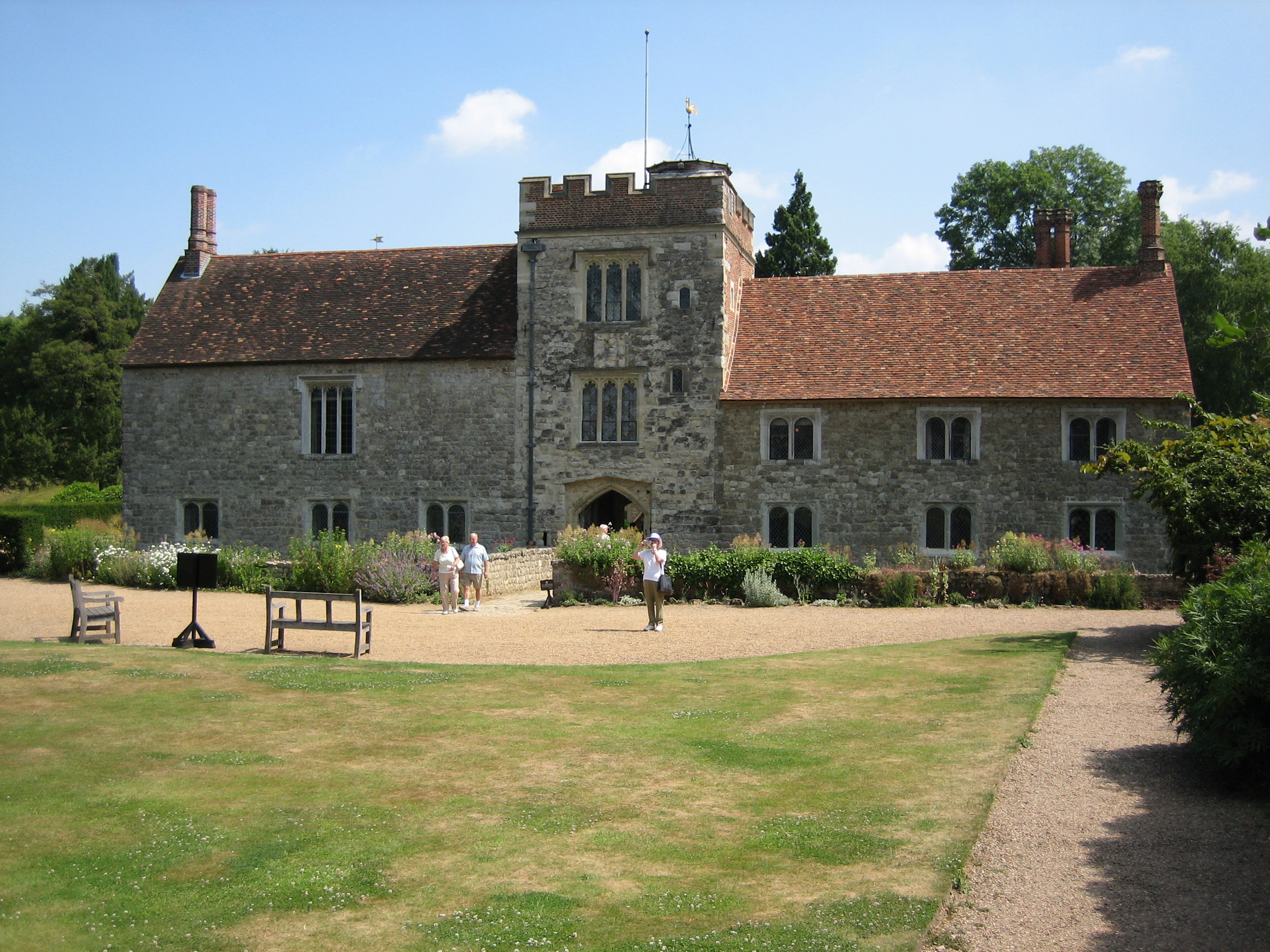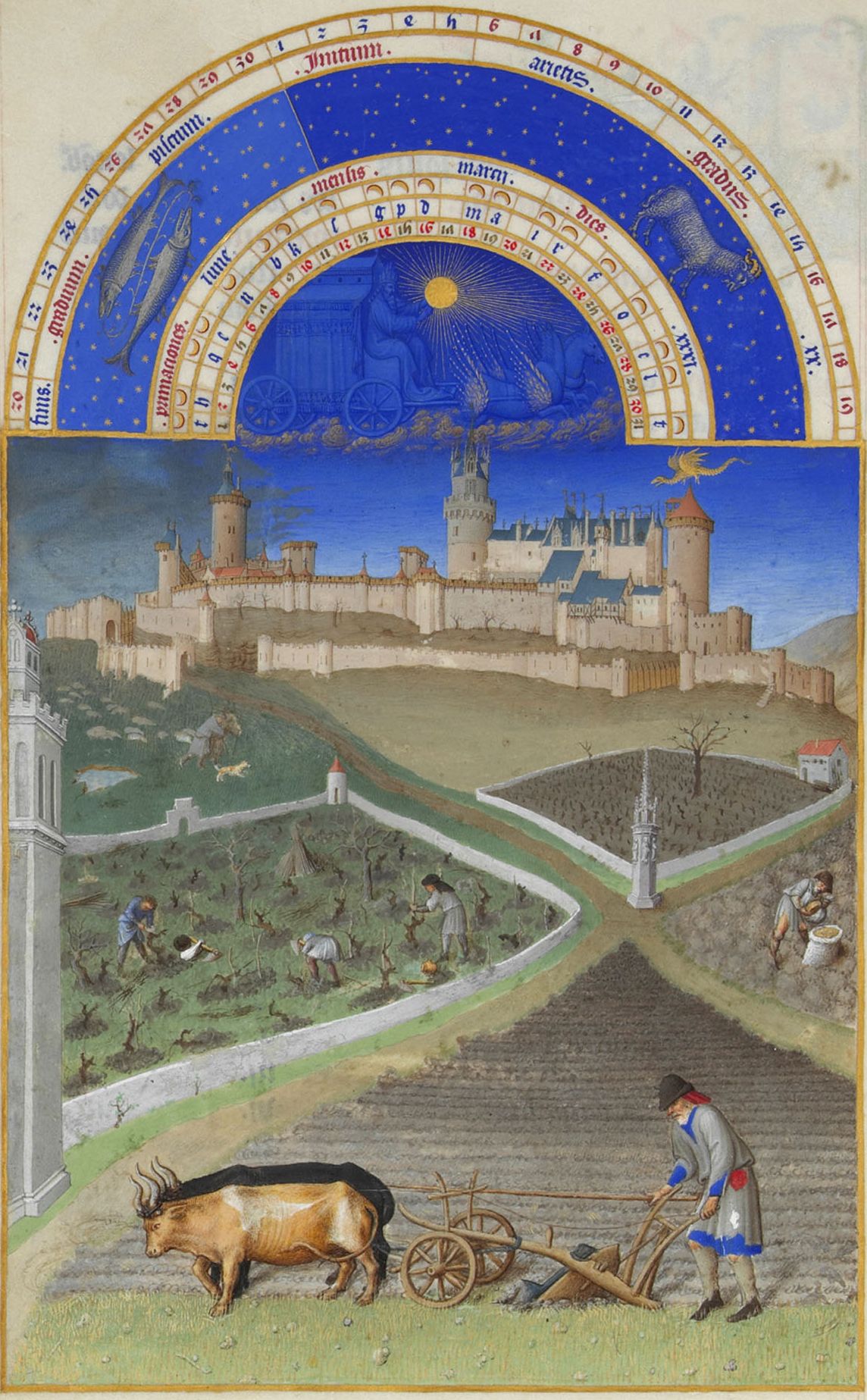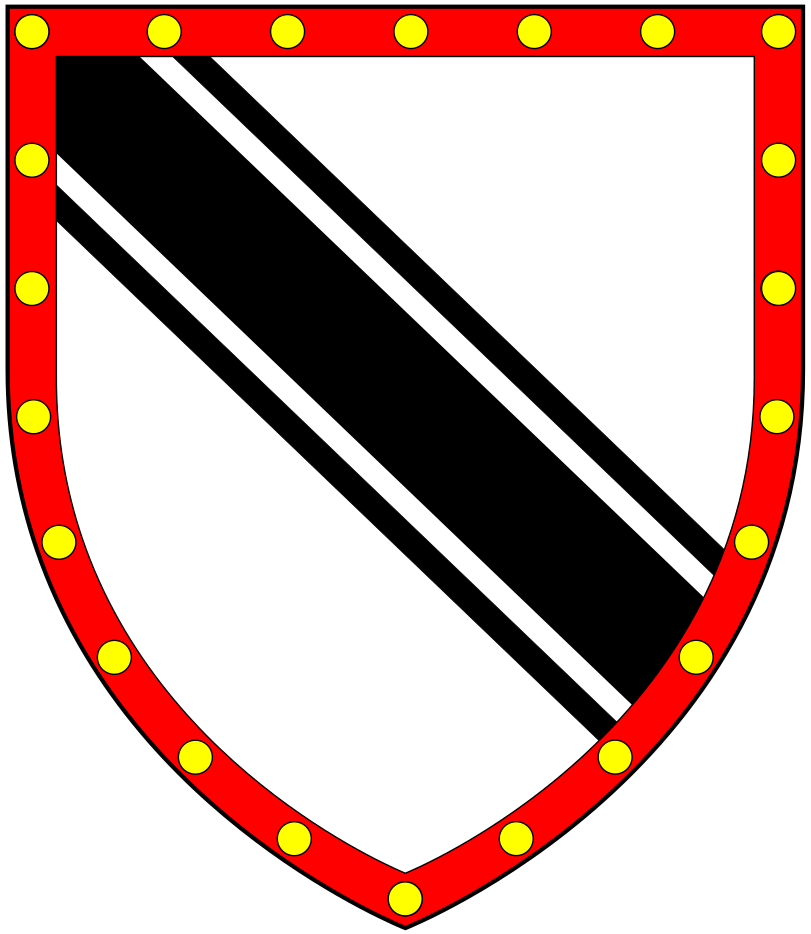|
Hugh Squier
Hugh Squier (1625-1710) of Petty France, Westminster, was a wealthy merchant best remembered as a generous benefactor to the town of South Molton in Devon, the place of his birth, where in 1684 he founded a "free school". Origins He was the 4th son of William Squier (c.1581-1653) (son of Christopher Squier (d.1629) of Townhouse), a yeoman, of Townhouse, South Molton, then what Hoskins (1959) calls a "mansion",Cock, p.173 today a farmhouse situated about 1 3/4 miles west of the centre of the town of South Molton, on the road to Chittlehampton. William Squire was educated at Lyme Regis and at Caius College, Cambridge. Hugh's mother was Jane Roberts, 3rd daughter and co-heiress of Richard Roberts (d.1622) of Combe Martin, Devon. Richard Roberts, whose mural monument survives in Combe Martin Church,Vivian, p.502 was the owner of the demesne of the manor of Combe Martin and was patron of the churches of nearby Berry Narbor, Devon and of Chew Magna in Somerset. Hugh Squier's uncle- ... [...More Info...] [...Related Items...] OR: [Wikipedia] [Google] [Baidu] |
John Lambrick Vivian
Lieutenant-Colonel John Lambrick Vivian (1830–1896), Inspector of Militia and Her Majesty's Superintendent of Police and Police Magistrate for St Kitts, West Indies, was an English genealogist and historian. He edited editions of the Heraldic Visitations of Devon and of Cornwall,Vivian, p. 763, pedigree of Vivian of Rosehill standard reference works for historians of these two counties. Both contain an extensive pedigree of the Vivian family of Devon and Cornwall, produced largely by his own researches. Origins He was the only son of John Vivian (1791–1872) of Rosehill, Camborne, Cornwall, by his wife Mary Lambrick (1794–1872), eldest daughter of John Lambrick (1762–1798) of Erisey, Ruan Major, and co-heiress of her infant brother John Lambrick (1798–1799). His maternal grandmother was Mary Hammill, eldest daughter of Peter Hammill (d. 1799) of Trelissick in Sithney, Cornwall, the ancestry of which family he traced back to the holders of the 13th century French title Comte ... [...More Info...] [...Related Items...] OR: [Wikipedia] [Google] [Baidu] |
Eton College
Eton College () is a Public school (United Kingdom), public school in Eton, Berkshire, England. It was founded in 1440 by Henry VI of England, Henry VI under the name ''Kynge's College of Our Ladye of Eton besyde Windesore'',Nevill, p. 3 ff. intended as a sister institution to King's College, Cambridge, making it the 18th-oldest Headmasters' and Headmistresses' Conference (HMC) school. Eton is particularly well-known for its history, wealth, and notable alumni, called :People educated at Eton College, Old Etonians. Eton is one of only three Public school (United Kingdom)#21st century, public schools, along with Harrow School, Harrow (1572) and Radley College, Radley (1847), to have retained the boys-only, boarding-only tradition, which means that its boys live at the school seven days a week. The remainder (such as Rugby School, Rugby in 1976, Charterhouse School, Charterhouse in 1971, Westminster School, Westminster in 1973, and Shrewsbury School, Shrewsbury in 2015) have sinc ... [...More Info...] [...Related Items...] OR: [Wikipedia] [Google] [Baidu] |
Lord Of The Manor
Lord of the Manor is a title that, in Anglo-Saxon England, referred to the landholder of a rural estate. The lord enjoyed manorial rights (the rights to establish and occupy a residence, known as the manor house and demesne) as well as seignory, the right to grant or draw benefit from the estate. The title continues in modern England and Wales as a legally recognised form of property that can be held independently of its historical rights. It may belong entirely to one person or be a moiety shared with other people. A title similar to such a lordship is known in French as ''Sieur'' or , in German, (Kaleagasi) in Turkish, in Norwegian and Swedish, in Welsh, in Dutch, and or in Italian. Types Historically a lord of the manor could either be a tenant-in-chief if he held a capital manor directly from the Crown, or a mesne lord if he was the vassal of another lord. The origins of the lordship of manors arose in the Anglo-Saxon system of manorialism. Following ... [...More Info...] [...Related Items...] OR: [Wikipedia] [Google] [Baidu] |
Lord Mayor Of London
The Lord Mayor of London is the mayor of the City of London and the leader of the City of London Corporation. Within the City, the Lord Mayor is accorded precedence over all individuals except the sovereign and retains various traditional powers, rights, and privileges, including the title and style ''The Right Honourable Lord Mayor of London''. One of the world's oldest continuously elected civic offices, it is entirely separate from the directly elected mayor of London, a political office controlling a budget which covers the much larger area of Greater London. The Corporation of London changed its name to the City of London Corporation in 2006, and accordingly the title Lord Mayor of the City of London was introduced, so as to avoid confusion with the mayor of London. However, the legal and commonly used title remains ''Lord Mayor of London''. The Lord Mayor is elected at ''Common Hall'' each year on Michaelmas, and takes office on the Friday before the second Saturda ... [...More Info...] [...Related Items...] OR: [Wikipedia] [Google] [Baidu] |
Worshipful Company Of Haberdashers
The Worshipful Company of Haberdashers, one of the Great Twelve City Livery Companies, is an ancient merchant guild of London, England associated with the silk and velvet trades. History and functions The Haberdashers' Company follows the Mercers' Company ( inc. 1394, also connected with clothing and previously haberdashery) in precedence, receiving its first Royal Charter in 1448 and holds records dating back to 1371. The formal name under which it is incorporated is ''The Master and Four Wardens of the Fraternity of the Art or Mystery of Haberdashers in the City of London''. The company was originally responsible for the regulation of silk and velvet merchants, but began losing control over those trades as the population of London increased and spread outwards from the City after the Industrial Revolution. Through careful stewardship of financial bequests and funds, the company now serves as a significant educational and charitable institution whilst maintaining link ... [...More Info...] [...Related Items...] OR: [Wikipedia] [Google] [Baidu] |
George Whitmore (Lord Mayor)
Sir George Whitmore (died 12 December 1654) was an English merchant who was Lord Mayor of London in 1631.E.I. Carlyle, 'Whitmore, Sir George (died 1654)', ''Dictionary of National Biography'' (1885-1900)vol. 61 He supported the Cavaliers, Royalist cause in the English Civil War. Whitmore was the third son of William Whitmore (d. 1593), Worshipful Company of Haberdashers, citizen and Haberdasher of London, lessee of Balmes Manor in Hackney and owner of Apley Hall in Shropshire. His mother Anne (died 1615), a benefactor of the Haberdashers' Company, was the daughter of William Bonde, Haberdasher, Sheriff of London in 1567-68, and alderman of London from 1567 to 1576.A.B. Beaven, ''The Aldermen of the City London, temp. Henry III.-1908'', 2 vols (The City Corporation, London 1913), IIp. 38(Internet Archive). William Bonde died in 1576. George was the younger brother of Sir William Whitmore (died 1648), William Whitmore of Apley Hall, Apley, Shropshire, and they were brothers-in-law of ... [...More Info...] [...Related Items...] OR: [Wikipedia] [Google] [Baidu] |
Manorialism
Manorialism, also known as the manor system or manorial system, was the method of land ownership (or " tenure") in parts of Europe, notably France and later England, during the Middle Ages. Its defining features included a large, sometimes fortified manor house in which the lord of the manor and his dependents lived and administered a rural estate, and a population of labourers who worked the surrounding land to support themselves and the lord. These labourers fulfilled their obligations with labour time or in-kind produce at first, and later by cash payment as commercial activity increased. Manorialism is sometimes included as part of the feudal system. Manorialism originated in the Roman villa system of the Late Roman Empire, and was widely practiced in medieval western Europe and parts of central Europe. An essential element of feudal society, manorialism was slowly replaced by the advent of a money-based market economy and new forms of agrarian contract. In examining ... [...More Info...] [...Related Items...] OR: [Wikipedia] [Google] [Baidu] |
Thomas Westcote
Thomas Westcote (c. 1567 – c. 1637) (''alias'' Westcott) of Raddon in the parish of Shobrooke in Devon, was an English historian and topographer of Devon. Biography He was baptised at Shobrooke in Devon on 17 June 1567. He was the third son of Philip Westcote (died 1601) of West Raddon in the parish of Shobrooke, by his wife Katharine Waltham, a daughter of George Waltham of Brenton in the parish of Exminster, Devon. In his youth he was a soldier, traveller, and courtier, but in middle age he retired to a country life, probably living at West Raddon with his eldest brother, Robert. In 1624 he held a lease of Thorn Park in the parish of Holcombe Burnell. Westcote interested himself in local antiquities, encouraged by his friendships with fellow Devonshire historians Sir William Pole (1561–1635) and Tristram Risdon (1580–1640). He aimed at a description of Devon, following the model of the ''Survey of Cornwall'' by Richard Carew (1555–1620) published in 1602. He was e ... [...More Info...] [...Related Items...] OR: [Wikipedia] [Google] [Baidu] |
Chew Magna
Chew Magna is a village and civil parish within the Chew Valley in the unitary authority of Bath and North East Somerset, in the ceremonial county of Somerset, England. The parish has a population of 1,149. To the south of the village is Chew Valley Lake. The village is on the B3130 road, about from Bristol, from Bath, from the city of Wells, and from Bristol Airport. The village is close to the northern edge of the Mendip Hills (a designated Area of Outstanding Natural Beauty), and was designated a conservation area in 1978. There are many listed buildings reflecting the history of the village. The River Chew flows through the village. Just outside the village is Chew Magna Reservoir: this small Bristol Water supply reservoir intercepts the Winford Brook. There is one primary school, and an adjacent secondary school, several shops and small businesses, three churches, and three pubs serving the area. There is also a football pitch and children's play area. The village fr ... [...More Info...] [...Related Items...] OR: [Wikipedia] [Google] [Baidu] |
Berry Narbor
Berrynarbor (historically Berry Narbor, Berrie Nerbert, etc) is a village, civil parish and former manor in the North Devon district of Devon, England. According to the 2001 census the parish had a population of 749, increasing to 802 at the 2011 census. The village is located on the north coast of the county to the north of Exmoor, about three miles east of Ilfracombe. The parish is surrounded clockwise from the east by the parishes of Combe Martin, Kentisbury, East Down, Marwood, Bittadon, and Ilfracombe. Berrynarbor has within its purview to all sides a mixture of dense woodlands and farms and lies within the North Devon Area of Outstanding Natural Beauty.Grid square map |
Advowson
Advowson () or patronage is the right in English law of a patron (avowee) to present to the diocesan bishop (or in some cases the ordinary if not the same person) a nominee for appointment to a vacant ecclesiastical benefice or church living, a process known as ''presentation'' (''jus praesentandi'', Latin: "the right of presenting"). The word derives, via French, from the Latin ''advocare'', from ''vocare'' "to call" plus ''ad'', "to, towards", thus a "summoning". It is the right to nominate a person to be parish priest (subject to episcopal – that is, one bishop's – approval), and each such right in each parish was mainly first held by the lord of the principal manor. Many small parishes only had one manor of the same name. Origin The creation of an advowson was a secondary development arising from the process of creating parishes across England in the 11th and 12th centuries, with their associated parish churches. A major impetus to this development was the legal exacti ... [...More Info...] [...Related Items...] OR: [Wikipedia] [Google] [Baidu] |



_p2.019_-_Haberdashers_Hall%2C_Maiden_Lane.jpg)


